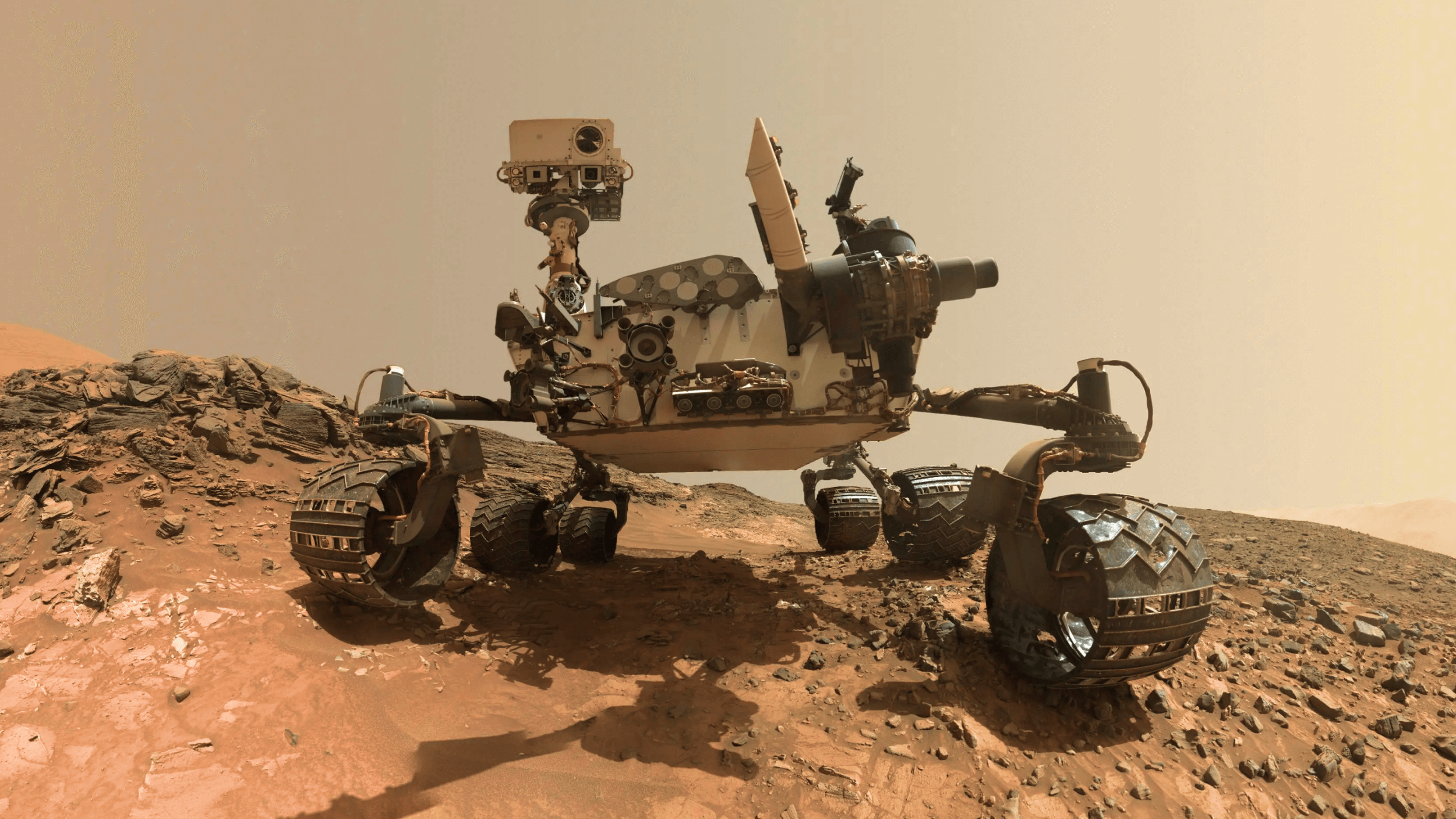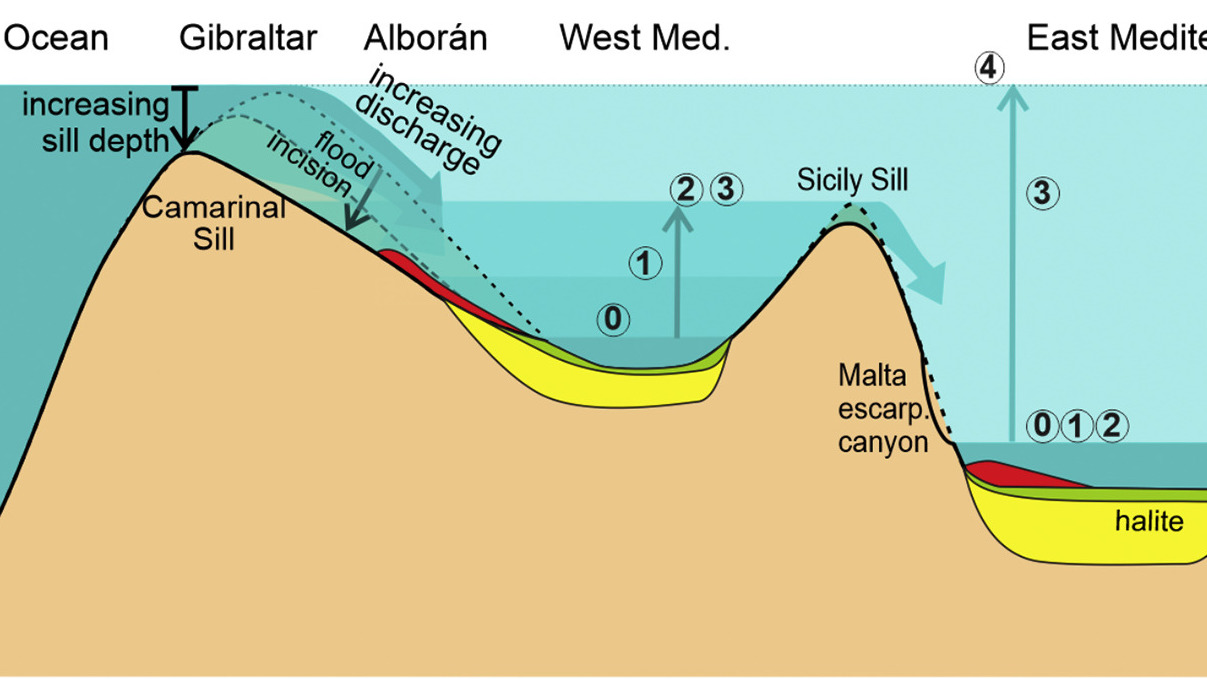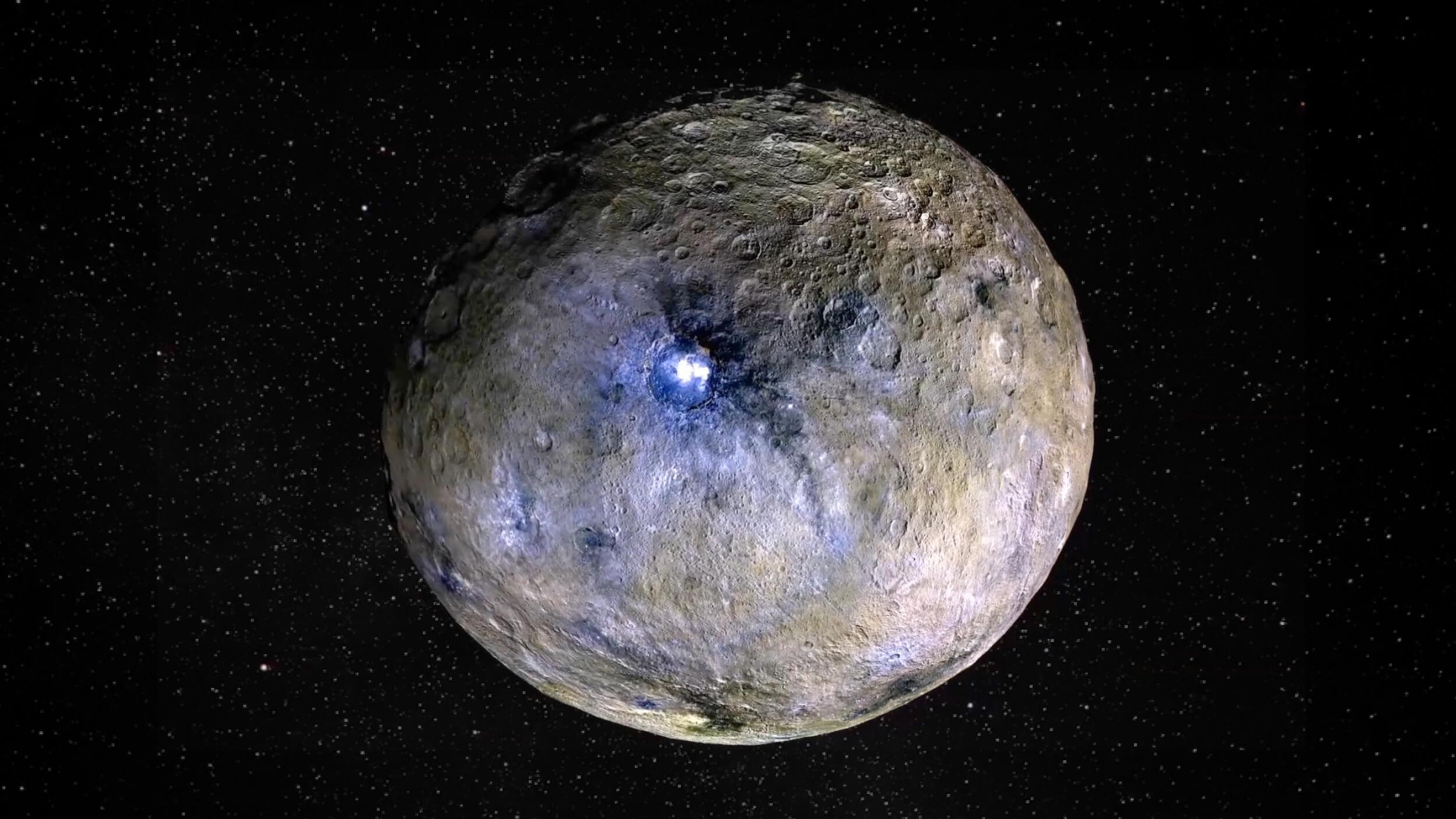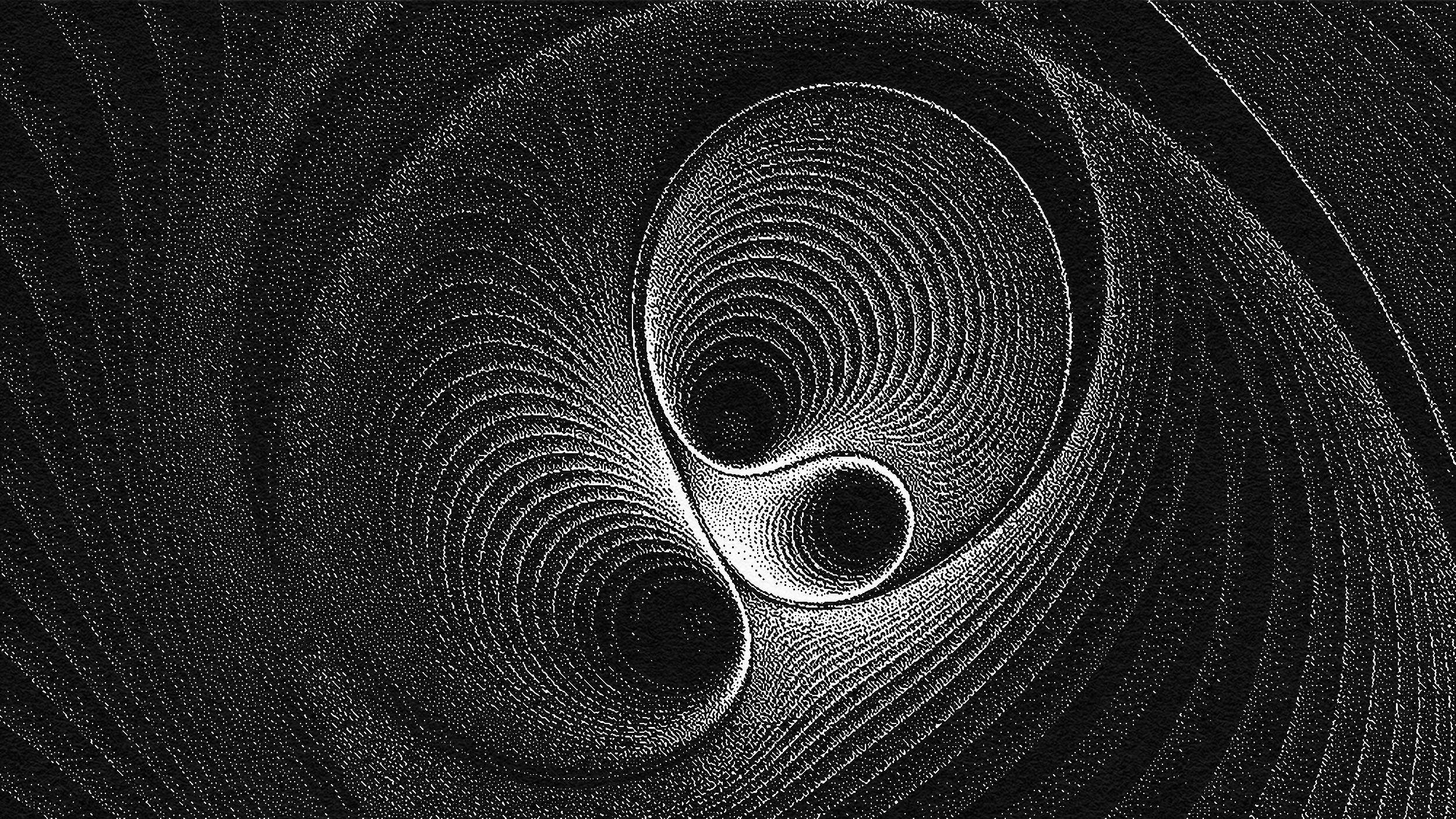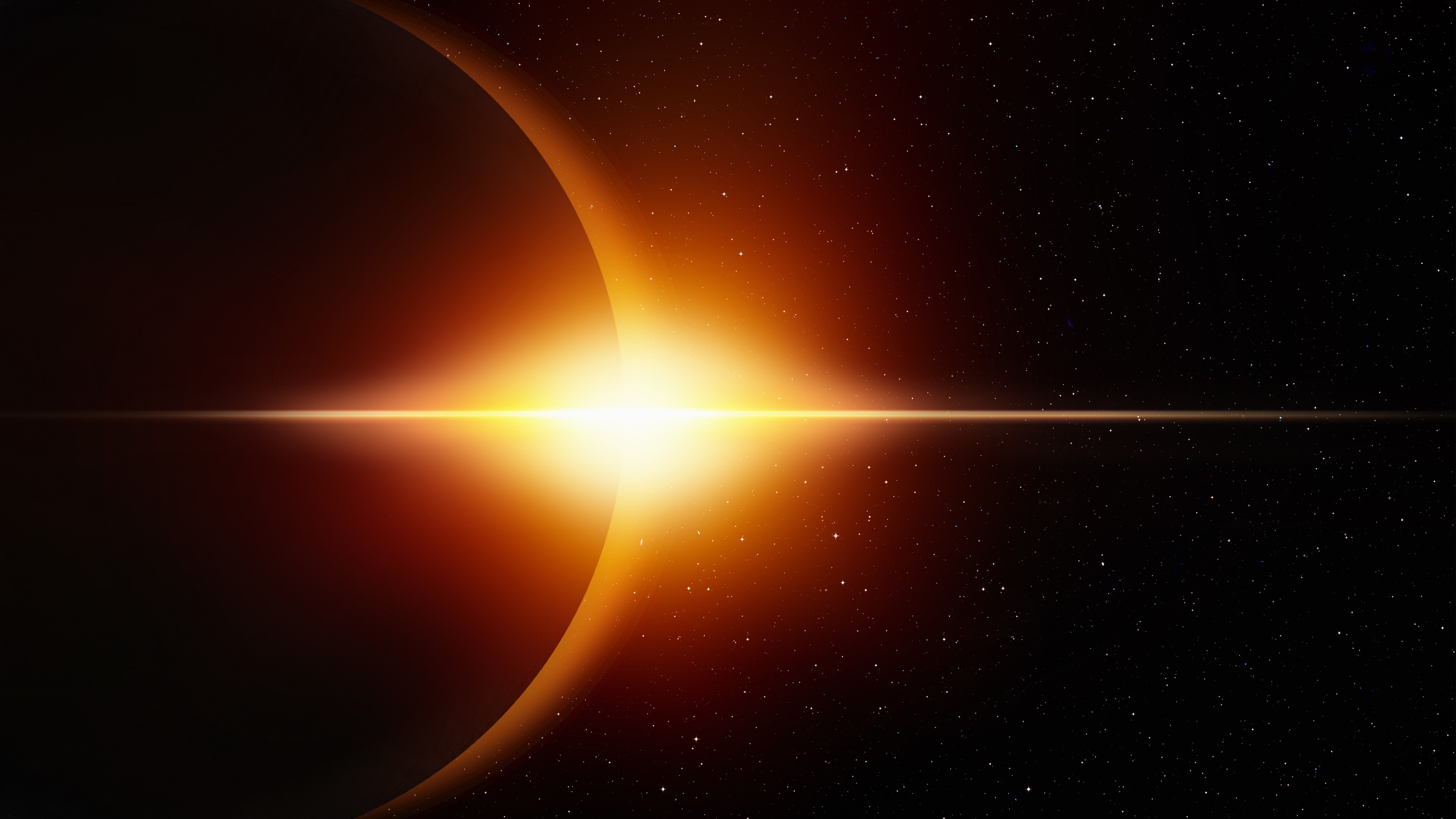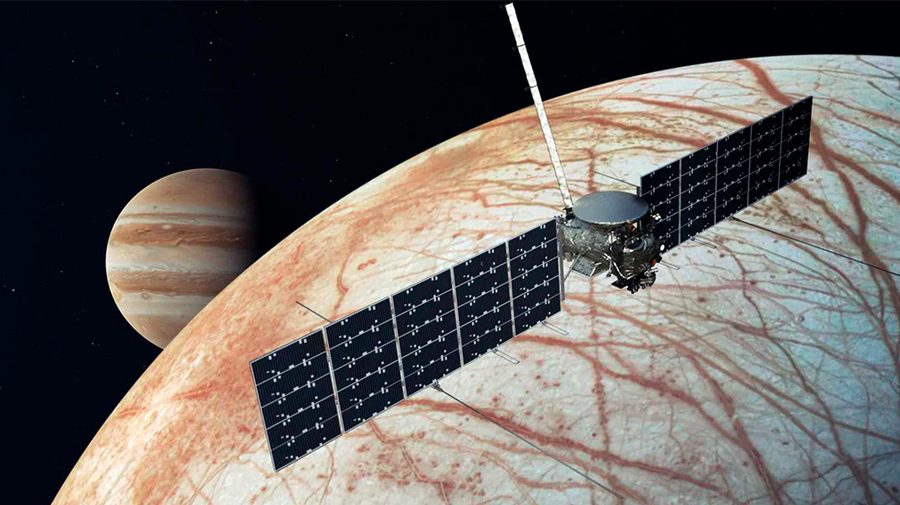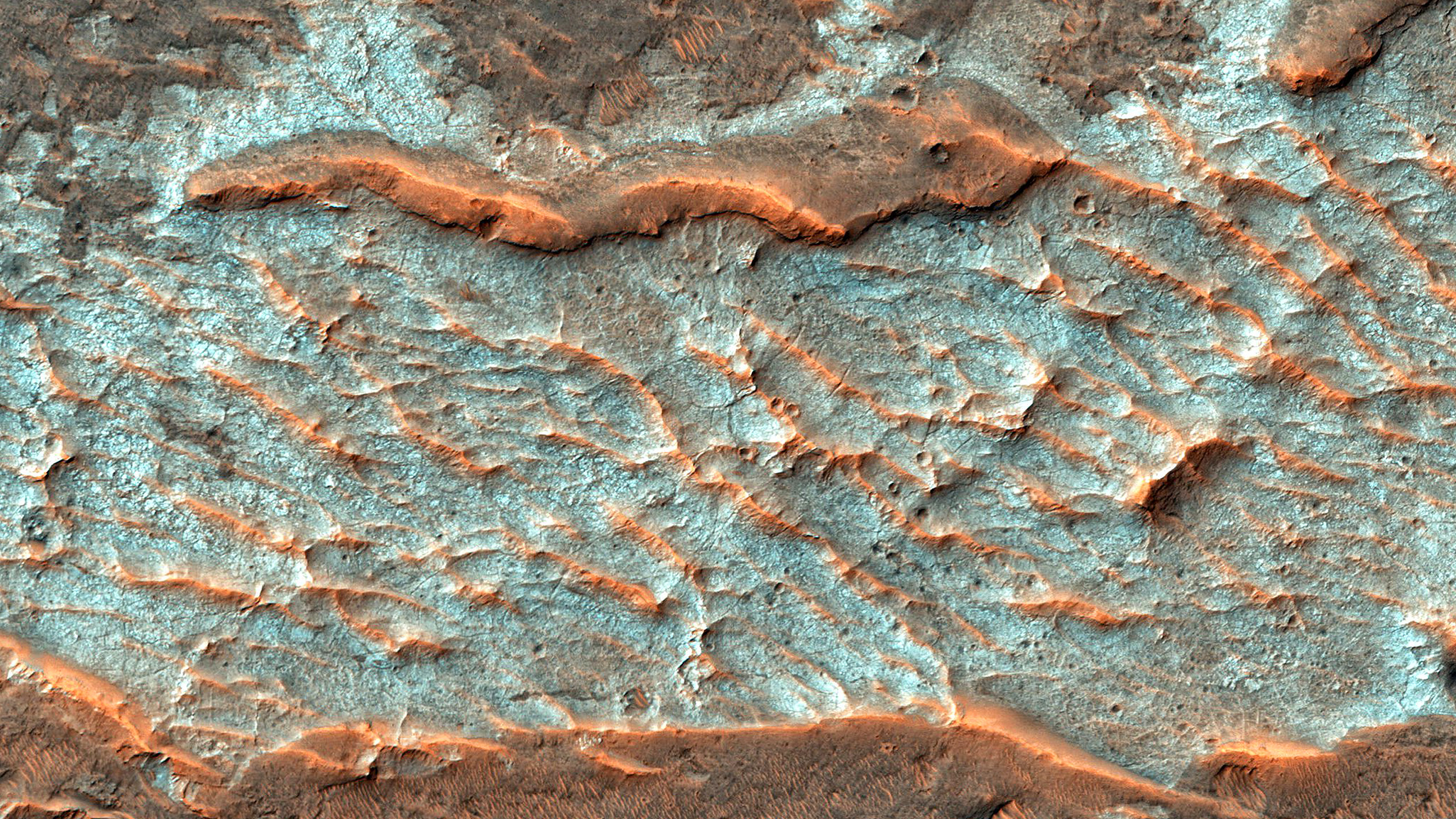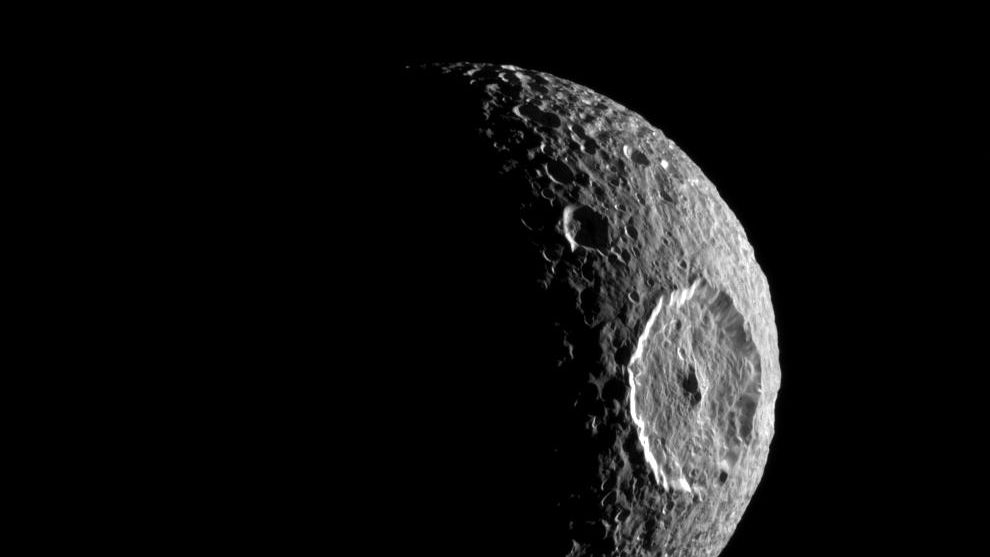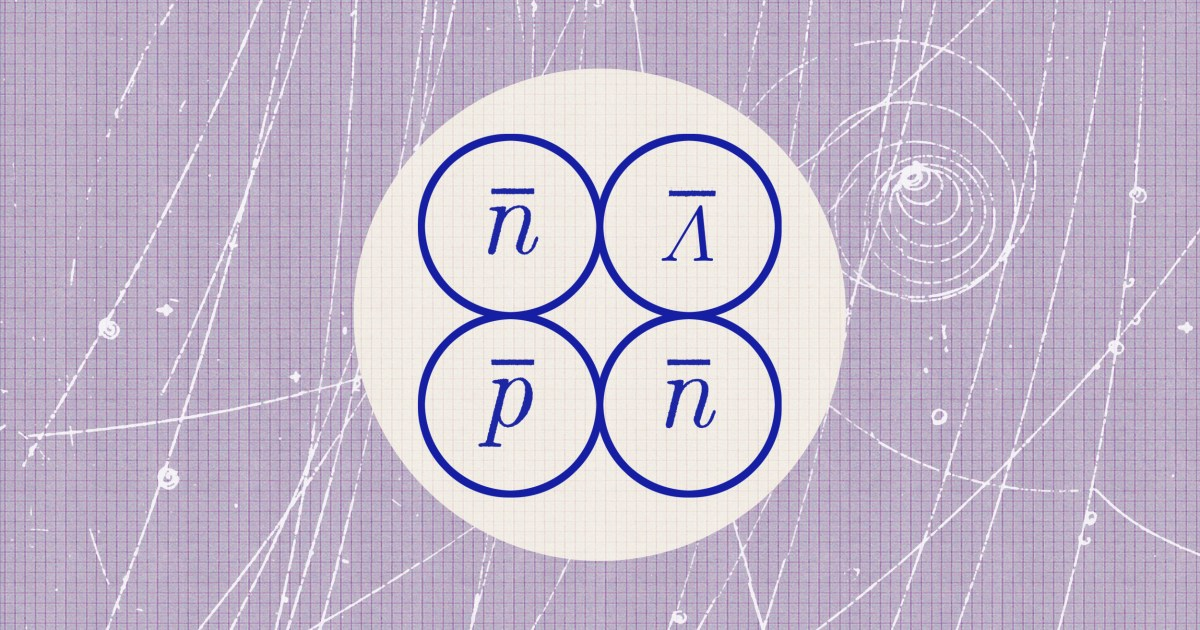Hard Science
All Stories
Organic compounds can form through simple chemistry alone — making the search for true biosignatures trickier than it seems.
About six million years ago, the Mediterranean was sealed off from the Atlantic, and over centuries it ran dry. One megaflood reversed that.
Explanations for the cosmic speed limit often conflate mass with inertia.
Our Earthbound definitions of life could leave us blind to the Universe’s strangest forms.
As the closest icy ocean world to
Earth, Ceres may be a promising candidate in the search for signs of ancient life.
The Vera C. Rubin Observatory in Chile will image the southern sky using the largest digital camera ever built.
Life may have arisen far earlier — and more rapidly — than previously thought.
Motility was suggested as a promising “biosignature” as early as the 1960s, but the technology was insufficient — until now.
Physicist Don Lincoln explains why mathematics is a powerful tool for scientific modeling, but is not a science itself.
Despite no experimental evidence showing that gravitons exist, they remain a respectable concept in the world of professional physicists.
A recent measurement has simultaneously settled an ongoing scientific debate while puzzling scientists.
DESI has allowed astronomers to create an unprecedented 3D map of the Universe representing 20% of the entire sky.
In November 1974, astronomers used the radio telescope at Puerto Rico’s Arecibo Observatory to send a hello to the universe.
“A person’s mass is made not of ‘stuff’ in the way we normally think about it, but rather our mass is made of energy.”
Recent controversies bode ill for the effort to detect life on other planets by analyzing the gases in their atmospheres.
The race to find dark matter could grow more complex with high-energy neutrino interference.
Why hasn’t matter fallen apart over billions of years? The mystery might start with protons.
MIT Scientist Jason Soderblom describes how the NASA mission will study the geology and composition of the surface of Jupiter’s water-rich moon and assess its astrobiological potential.
The secret sauce is the real world.
Caption:“At this time in Mars’ history, we think CO2 is everywhere, in every nook and cranny, and water percolating through the rocks is full of CO2 too,” Joshua Murray says.
Watching for changes in the Red Planet’s orbit over time could be new way to detect passing dark matter.
Physicists recently created Coordinated Lunar Time, a time zone for our Moon.
Are breakthroughs really a matter of chance, or are they simply waiting to be uncovered by the right person at the right time?
Scientists might be looking for Martian life in the wrong place.
A scientist’s first-hand account shows the world can tackle a global environmental crisis.
CERN scientists achieved record-breaking accuracy in mapping the mass of a key particle in the Standard Model.
A recent experiment challenges the leading dark matter theory and hints at new directions for uncovering one of the Universe’s biggest mysteries.
The existence of another watery world in the outer solar system may offer clues to how such seas form — and hope for another spot to search for life.
Researchers at the Brookhaven National Laboratory recently created the heaviest exotic antimatter hypernucleus ever observed.
